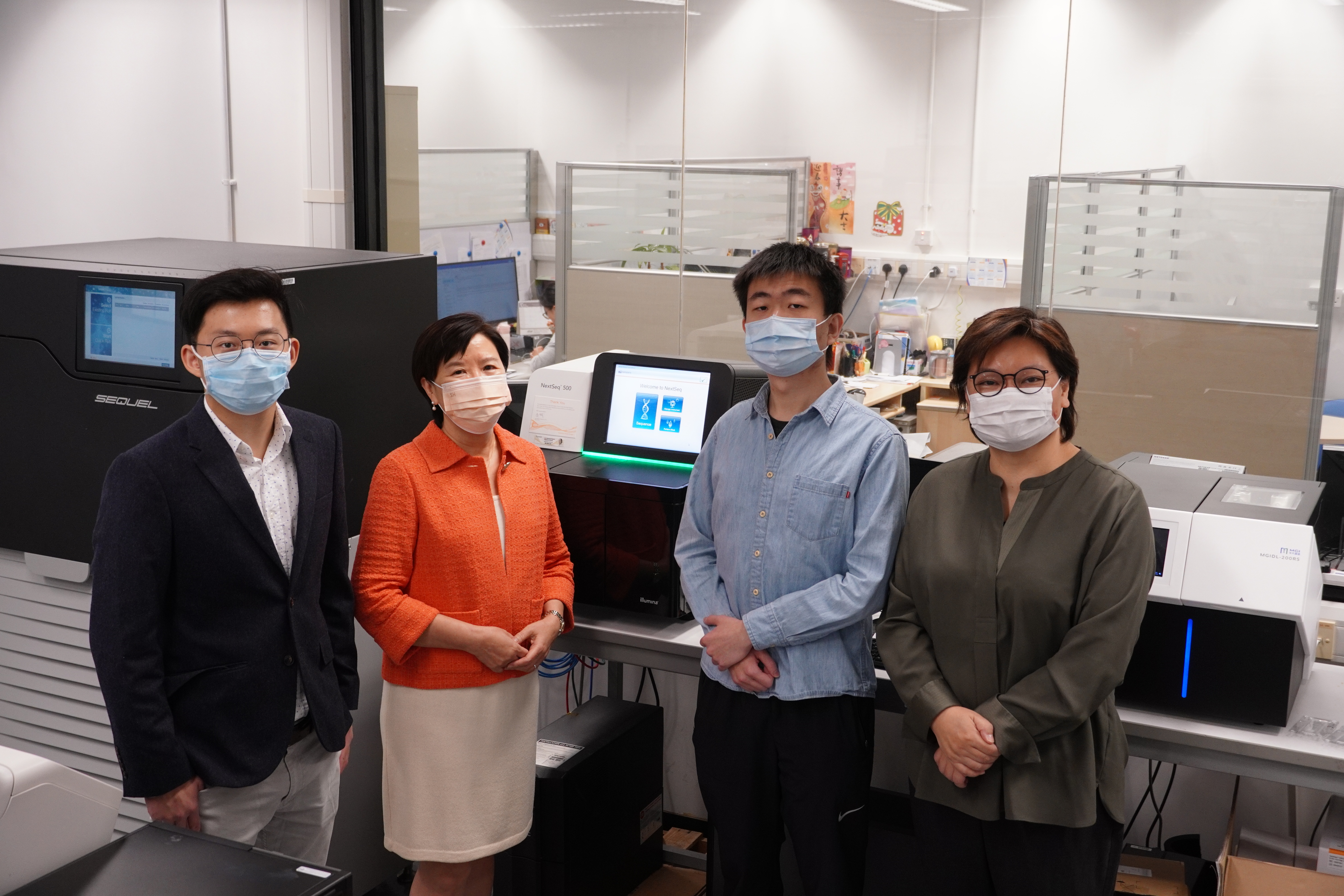Researchers at the Hong Kong University of Science and Technology (HKUST) have identified new therapeutic targets for Alzheimer's disease (AD) by studying the patients' brain with a newly-developed methodology. This novel approach also enables researchers to measure the effects of potential drugs on AD patients, opening new directions for AD research and drug development.
Although the pathological mechanisms of AD have been studied for decades, the disease remains incurable. One reason is that conventional research approaches have limited capability to identify molecular targets for drug development. Molecular and pathological pathway analysis generally examines AD patients' brain as a single unit, which usually underestimates the contributions of different brain cell types to AD and any abnormalities in them. This is especially the case with less-common cell types such as microglia (the brain's resident immune cells) and neurovascular cells (specifically endothelial cells), which only account for less than 5% and 1% of the total brain cell population, respectively.

However, a team led by Prof. Nancy Ip, Vice-President for Research and Development, Director of the State Key Laboratory of Molecular Neuroscience, and Morningside Professor of Life Science at HKUST, has more than circumvented this problem--they have also identified several new potential molecular targets in endothelial cells and microglia for AD drug development.
The team examined the functions of specific cell types in the postmortem brains of AD patients, which is typically impossible with conventional approaches, by using cutting-edge, single-cell transcriptome analysis, which can be used to characterize of the molecular changes in single cells. This yielded a comprehensive profile of the cell-type-specific changes in the transcriptome in the brains of AD patients. Subsequent analysis identified cell subtypes and pathological pathways associated with AD, highlighting a specific subpopulation of endothelial cells found in the brains' blood vessels. Accordingly, the team discovered that increased angiogenesis (the formation of new blood vessels from current ones) and immune system activation in a subpopulation of endothelial cells are associated with the pathogenesis of AD, suggesting a link between the dysregulation of blood vessels and AD. The researchers also identified novel targets for restoring neural homeostasis (the ability to maintain a relatively stable internal state despite external changes) in AD patients.






